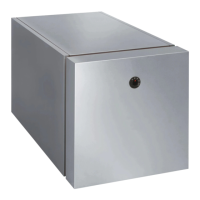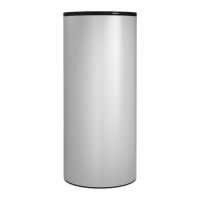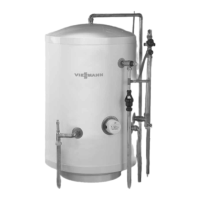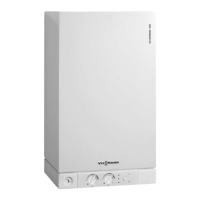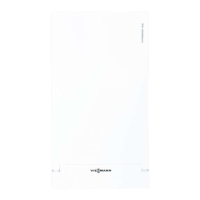1.1 Basics
General information
When sizing DHW heating systems, 2 main principles must be taken
into consideration: For reasons of hygiene, size the volume of the
DHW heating system so that it is as small as possible. However, for
reasons of convenience, it should be as large as required. This
means that the system must be designed as accurately as possible.
In practice, various approaches are taken:
■ For residential buildings, systems are often configured in accord-
ance with DIN 4708 Part 2. Taking into account the sanitary amen-
ities of the individual apartments/residential units, the occupancy/
user rate and utilisation factors, the demand factor N can be deter-
mined.
■ Systems operating according to the instantaneous water heater
principle, e.g. freshwater modules, may also be sized according to
peak flow rate with reference to DIN 1988-300.
Irregular DHW demand
Examples:
■ Schools
■ Trading estates
■ Hotels
■ Sports complexes with shower units
For buildings with irregular demand, sizing is often carried out via the
peak output/maximum draw-off rate over 10 min. The DHW heating
system should not be oversized, but at the same time, it is also
essential to consider the heat-up time for the DHW cylinder until the
next peak in demand occurs. The available heating and transfer out-
put must be enough to ensure that the DHW can be adequately
heated in the time between the peaks in demand.
Constant DHW demand
Examples:
■ Food processing plants
■ Swimming baths
For applications with constant demand for DHW, the DHW heating
system is sized according to the constant demand of the consumer
(continuous output). The size of the heat exchanger and the availa-
ble heating output are crucial factors.
High DHW demand
Example:
■ Cylinder loading systems
For extremely high demands, size the DHW heating system accord-
ing to both the peak output and the continuous output.
Heating systems with special requirements for return temperatures
Example:
■ District heating systems
If special consideration must be given to the return temperatures of
the heating system, it is practical to size it according to the continu-
ous output.
EDIS calculation program
For reliable sizing of DHW systems, Viessmann provides free EDIS
software. This can be used for calculations for both residential build-
ings (to DIN 4708-2) and non-residential buildings (e.g. hotels, army
barracks, industrial enterprises). Various complementary calculation
processes are used.
Hydraulic connection
The following are important for safe and reliable operation of the
DHW heating system:
■ Sizing of the DHW cylinder
■ Hydraulic connection of the DHW cylinder
■ Overall system operation
The following are important for hygienic operation of the DHW heat-
ing system:
■ Correct operating temperature
■ Design of the DHW circulation pipe
■ Connection of the DHW circulation pipe to the DHW cylinder
Specifically observe:
■ DVGW Code of Practice W 551
■ TRWI (DIN 1988)
■ Valid Drinking Water Ordinance [Germany] (TrinkwV)
■ Directive 98/83/EC of the Council of the European Union
Sizing systems for DHW heating
4
VIESMANN
DHW heating
1
5414646
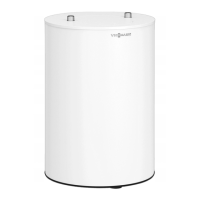
